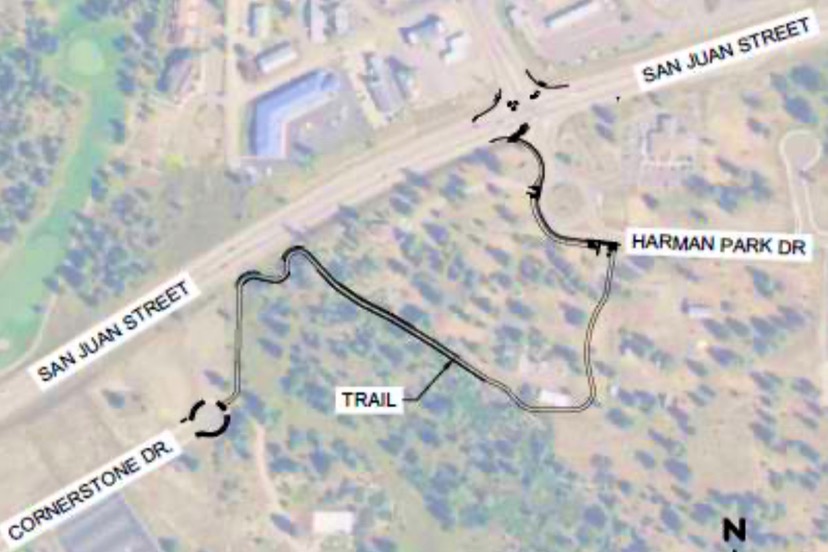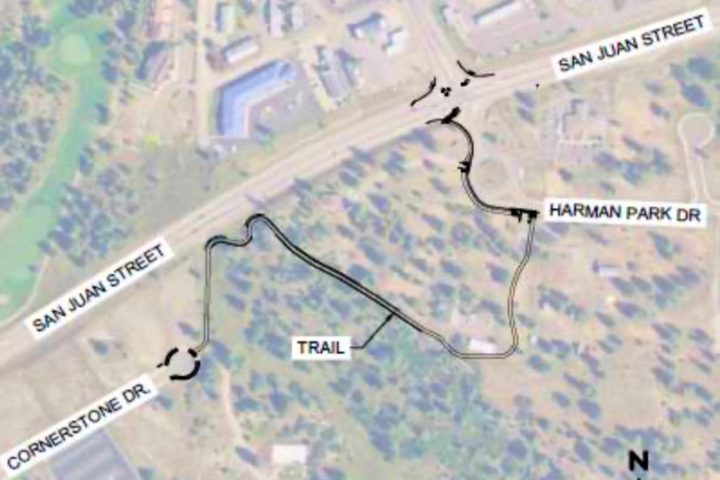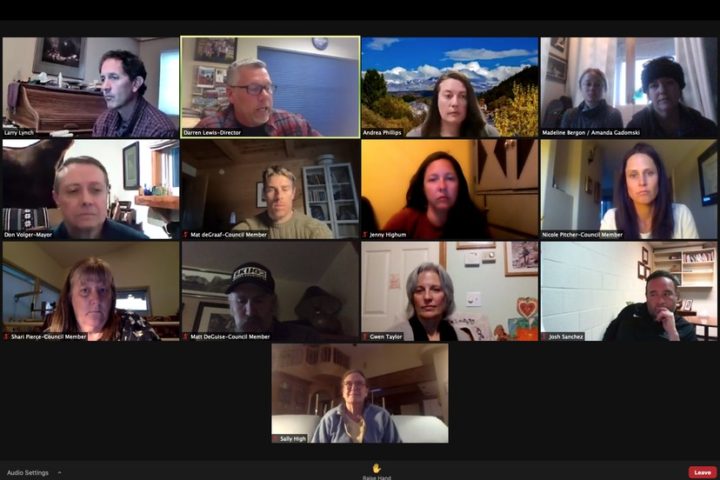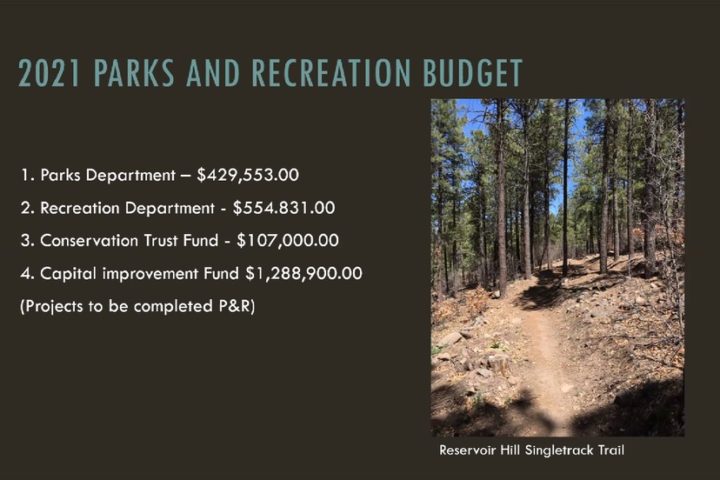Economic growth is most important now. It is essential to almost everything else we want to achieve…
— from ‘A Neoliberal’s Manifesto’ by Charles Peters, in the Washington Monthly, May, 1983
As mentioned in Part One, the word “sustainability” has garnered a strong political taint over the past few decades, appearing often in essays and books critical of neoliberal economics.
As also mentioned in Part One, the concept of ‘Nachhaltigkeit’ dates back to at least the 1600s, when German authorities noticed their forests disappearing, and put forth the concept of working in concert with Nature — for the benefit of future generations — rather than destroying it.
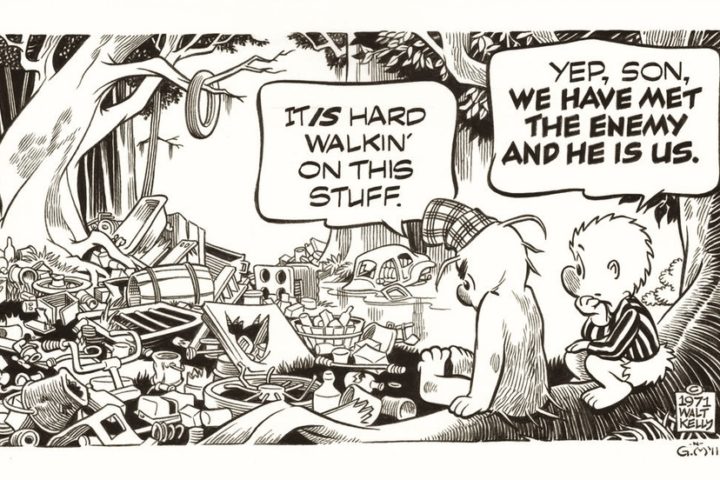 Around the time that Porky and Pogo were contemplating America’s trashed landscape (1971) the term ‘sustainability’ had begun appearing in books and articles, typically as a contrast to the pattern of ‘rape and pillage’ exhibited by certain national and international for-profit corporations. Commentators suggested that ‘economic development’ and ‘destruction of the global biosphere’ went hand-in-hand, and perhaps we needed to put on the development brakes and begin paying more attention to preserving our air, water, soil and other essential features of continued biological existence.
Around the time that Porky and Pogo were contemplating America’s trashed landscape (1971) the term ‘sustainability’ had begun appearing in books and articles, typically as a contrast to the pattern of ‘rape and pillage’ exhibited by certain national and international for-profit corporations. Commentators suggested that ‘economic development’ and ‘destruction of the global biosphere’ went hand-in-hand, and perhaps we needed to put on the development brakes and begin paying more attention to preserving our air, water, soil and other essential features of continued biological existence.
Perhaps ‘economic development’ was the problem, rather than the solution.
Within a few years, however, the term had been co-opted by global interests — including the United Nations, as head cheerleader — who conveniently re-packaged the concept as “sustainable development”… promoting the idea that the only way to preserve our planet was to increase the amount of development. Only then would we have the economic means to repair the damage we’d been causing all along.
As fascinating as these ideas might be, they’re probably far removed from most people’s daily lives here in Pagosa Springs. Most of us are not suffering from petroleum industry poisons in our immediate environments. We find only modest amounts of agricultural chemicals in our water supplies. Our surrounding forests, although perhaps somewhat overgrown, have not yet resulted in horrific wildfires like we’ve seen in other Western communities. We’re not plagued by industrial air pollution, or by toxic freeway traffic.
All in all, the community might feel, to many people, rather ‘sustainable’.
Sadly, I have to disagree.
Yesterday, we briefly discussed a February 18 Town Council work session, during which the Council discussed their preferred surface treatment — asphalt? concrete? — for a proposed segment of the “Town to Lakes Commuter Trail”. This particular segment of a hypothetical four-mile trail from Downtown to Uptown (and vice versa) will take an easterly uphill jog, to connect the rarely-used Aspen Village subdivision sidewalks to the rarely-used Harman Park subdivision sidewalks. Due to a fairly steep slope, the winding half-mile of trail will cover less than a quarter mile as the crow flies. The estimated cost is about $1.5 million.
During the 12 years since the completion of Cornerstone Drive in Aspen Village, I cannot recall seeing a single person walking on the stretch of sidewalk that will be connected to the “Harman Hill” segment of the Town to Lakes Trail. But after spending $1.5 million, we will finally be able to walk, or ride our bikes, uphill from Centerpoint Church to the new Fred Harman Detention Center.
For comparison purposes, we might note that, a couple of years ago, the Town completely rebuilt more than half a mile of South 8th Street and added a new 10-foot-wide concrete ‘commuter trail’ at a cost of $2 million. But when money is no object, our Town’s elected and appointed leaders have been consistently eager to approve expensive pedestrian trails that might — or might not — be widely used someday.
Also in Part One, I mentioned some other recent ‘pseudo-meetings’ hosted by our Town government. I appreciate the Town’s effort to make their planning processes semi-visible to the public, and a couple of the recent presentations were held both online and ‘in-person’ with proper ‘social distancing’ in place. One of the ‘in-person’ presentations, at the Ross Aragon Community Center, concerned the Town’s Land Use and Development Code (LUDC). A related presentation appeared simultaneously on the Town’s new “public participation” website, mypagosa.org We will be discussing that particular issue in a later installment of this editorial series.
Another ‘in-person’ presentation, held at the Community Center on February 10 and 11, offered taxpayers an opportunity to share their thoughts about a proposed 26-acre park immediately to the south of the existing Yamaguchi Park, adjacent to the San Juan River. Taxpayers were also able to participate online.
If you read through the Yamaguchi South public comments posted to the website ‘comments’ section, it quickly becomes clear that the 240-member Pagosa Springs Pickleball Club staged a highly organized campaign to flood the website with comments. I joined the Pickleball Club about a year ago, and I can vouch for the fact that the vast majority of Club members appear to be in the “over 55 and retired” demographic.
The folks who suggested other uses for the large Town-owned parcel were completely outnumbered by Pickleball fans.
Taxpayers concerned about recreation had yet another opportunity to learn about the Town government’s general direction at a joint work session on February 25. That meeting involved the Town Council — all of whom live within the town limits — and the newly formed Parks and Recreation Joint Advisory Board, which also includes recreation-minded representatives from the unincorporated county (where about 85% of the community lives).
Prior to March 2019, the Archuleta County government maintained a committee known as ‘PROST’ — the Parks, Recreation, Open Space & Trails Board. That committee had been formed back in 2007, after the community’s taxpayers approved a huge, temporary County property tax increase known as Ballot Measure 1A — with the money designated for improved road maintenance, more computers, and expanded recreation spending.
When the County government came back to the voters five years later to renew the tax increase, the voters rejected the offer, and the PROST Board gradually ran out of money to spend on recreation outside the town limits.
The Town government, meanwhile, has consistently spent millions of dollars annually on parks and recreation, receiving regular recommendations from its own Parks and Recreation Board. Two years ago, the Town and County agreed to combine their two separate parks and recreation boards into the ‘Parks and Recreation Joint Advisory Board’.
From the February 25 work session:
The Town budget for 2021 shows about $2.4 million in projected parks and recreation expenditures. That appears to be roughly 10 times what will be spent by the Town and County, combined, in 2021… solving the community’s worsening housing crisis.
Which is part of the reason I’m writing about ‘sustainability’.

